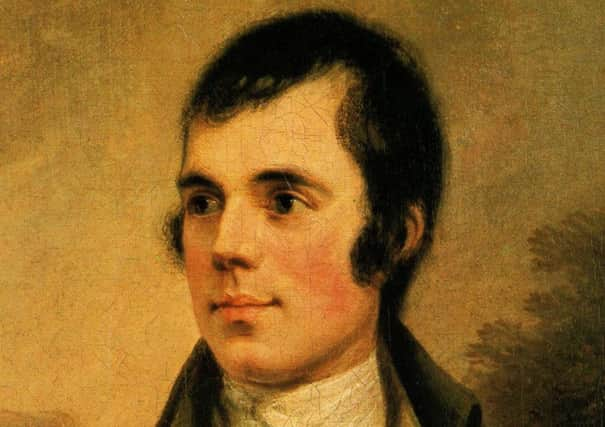Robert Burns '˜Tae a Moose' explained


It starts with the speaker - a farmer - plowing a field, but accidentally disturbs the nest of a mouse, leaving it frightened and cold.
The farmer stops to comfort the mouse and then begins to ponder on life as it is.
Advertisement
Hide AdAdvertisement
Hide AdProfessor Gerry Carruthers explains that the timing of the poem is telling, being in the 18th century when tenant farmers are being thrown off their land by rich absentee landlords during the Highland Clearances.
He adds: “You have to remember, Burns is the son of a farmer in Ayrshire so was seeing how progress was affecting those working the land.
“The farmer is pessimistic about progress and sees their are victims of progress. The mouse is also a victim.
“Any farmer would not really care for a mouse. He would normally stamp on it as vermin. But no, he apologises and realises the mouses steals very little grain from him.”
However, he also thinks that the mouse might have it easy, as they live in the present and don’t have any regrets from the past.
The professor added: “Burns is a poet of nature and this tells a very interesting tale of where a mouse and humanity align.”
The poem aims to not feel sorry for the mouse, but for all creatures - including mankind - on earth. Whether mouse or man, your plans—however well-laid—often get messed up.
